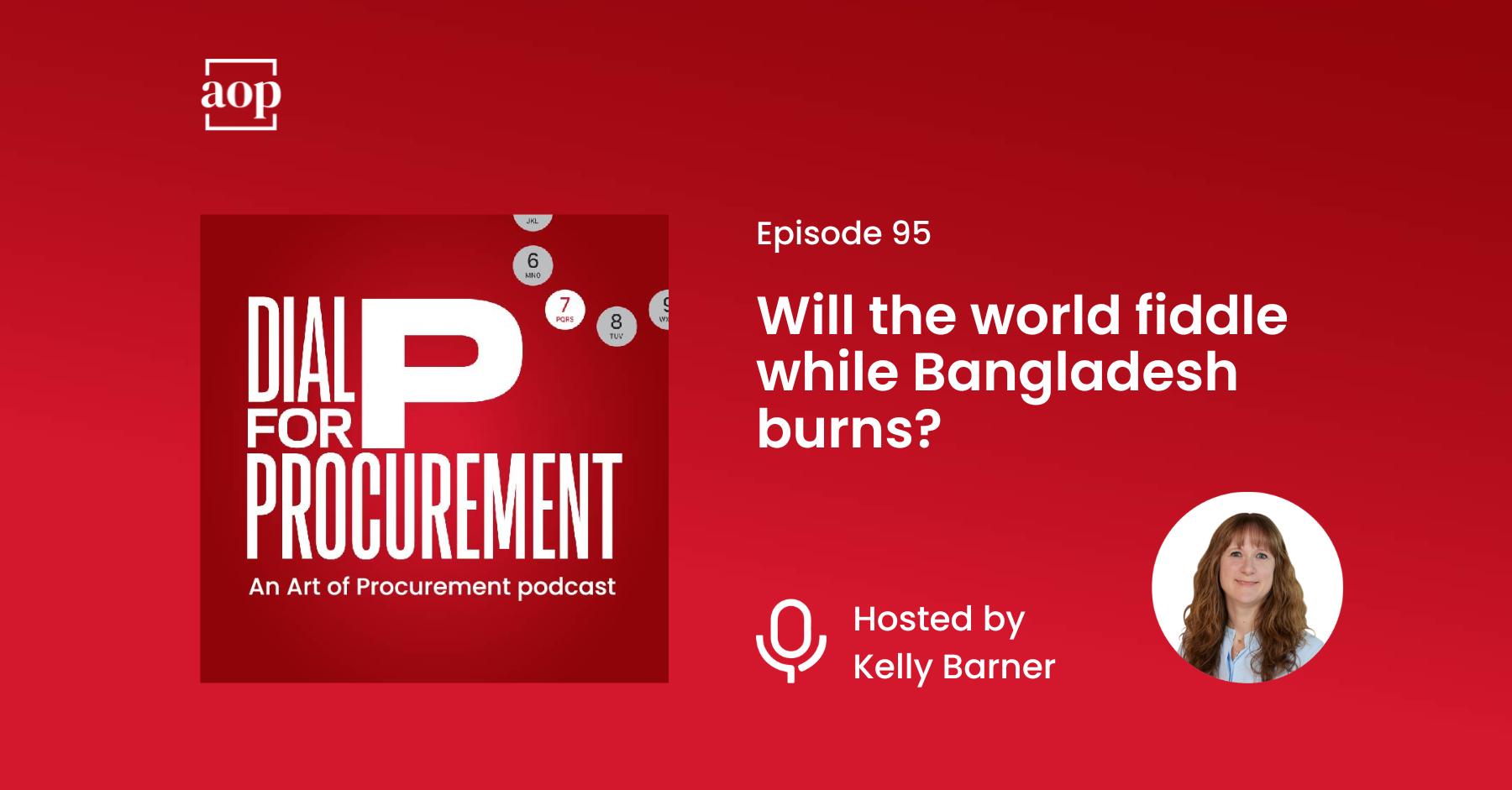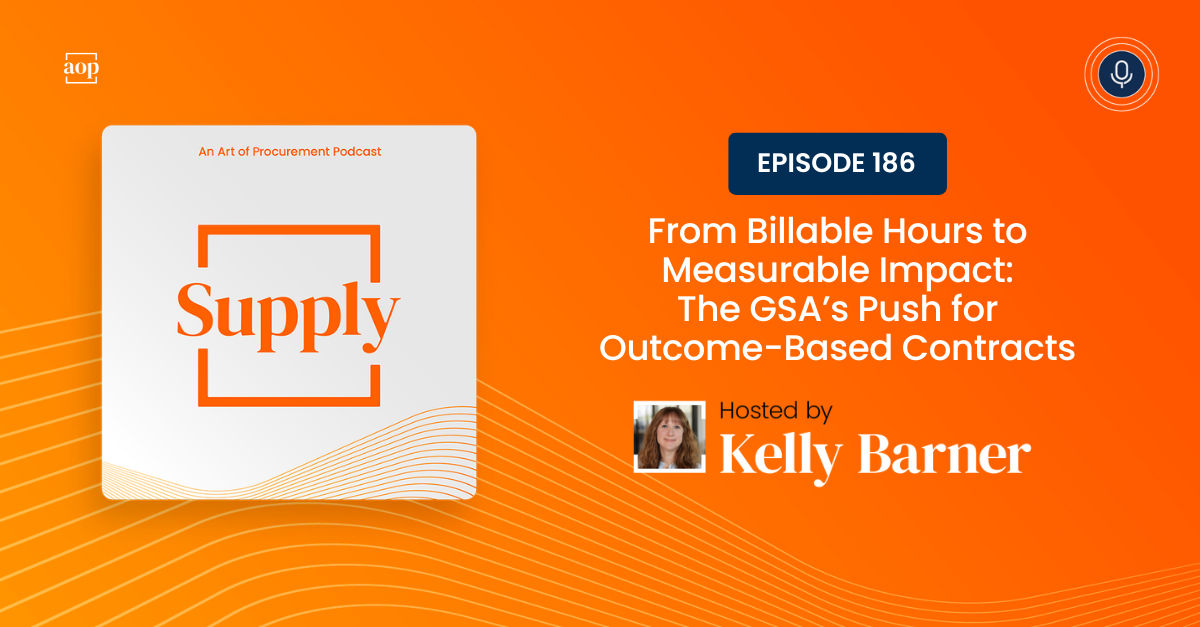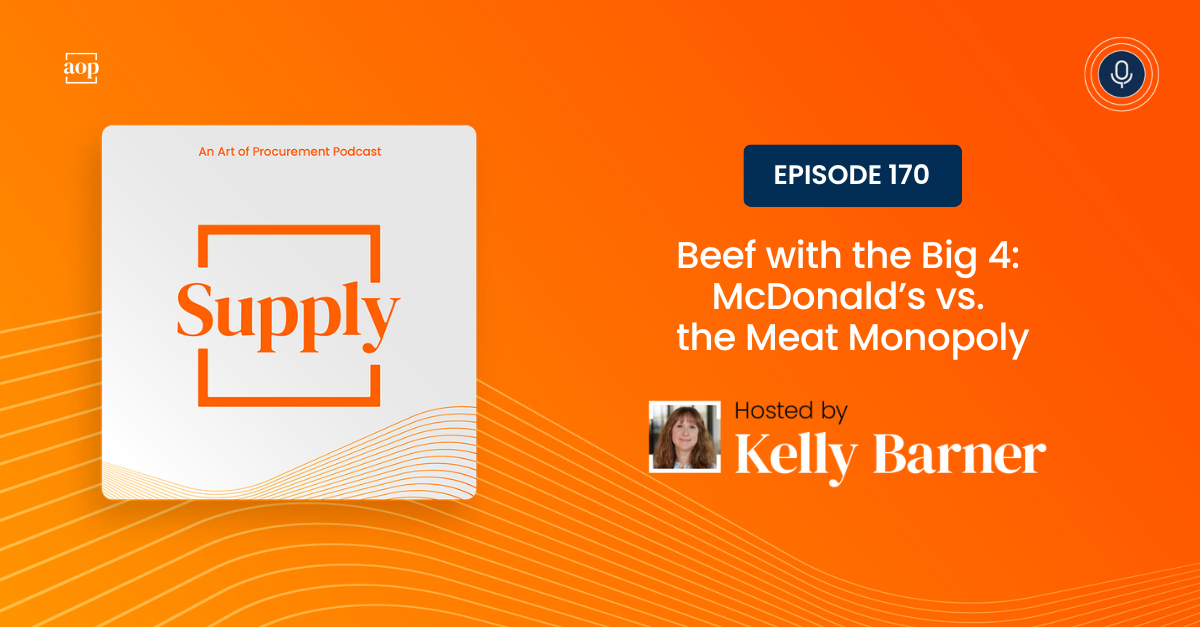
On November 7th, a minimum wage increase was announced for ready-made garment factory workers in Bangladesh. The increase took workers from a minimum $73/month to $114/month with the promise of an annual 5% increase.
The raise represented an almost 60 percent pay increase. How did workers respond? Tens of thousands of them went on strike, 300 of the country’s 4,000 factories stopped production, factories were lit on fire, machinery was damaged, and four people lost their lives.
And while damage and violence are unacceptable, their response is not hard to understand.
This was the first increase workers had received in 5 years, and while they received 60 percent, they had been asking for a 3X raise. Between the impact of the COVID-19 pandemic and Russia’s invasion of Ukraine, Bangladesh’s economy is in dire straits. Inflation in the country has soared 9.5 percent overall and over 12.5 percent on food alone.
Increases in the cost of basic provisions are hurting average people, and so the raise was taken as a slap in the face.
The protests continued for weeks, despite the fact that Bangladesh Prime Minister Sheikh Hasina has rejected the idea of further pay hikes for workers and warned against more violent protests. For now things seemed to have calmed down, despite the disappointing raise, but that does not mean the trouble is over.
Optimizing for Lowest Cost
Bangladesh is the second-largest exporter of ready-made garments in the world. The ready-made garment sector employs 4.4 million workers, and 65% of them are women. An additional 8 million people are dependent upon the industry in some way or another.
The country competes on a lowest-cost value proposition. Until the recent raises. garment workers made as little as $3 per day, $75 per month. That’s above the World Bank’s poverty line of $2.15 per day – but not by much.
Ready-made garments are mass produced, and after trade barriers starting to come down in the 1990s, production was moved to countries where labor was cheap, like China and Bangladesh.
When Bangladesh started exporting ready-made garments in the late 1970s, the industry represented less than 4 percent of the country’s total exports. By 2018, this had increased to 84 percent. At this point, the country’s economic stability – and therefore social prosperity – rests on this one industry.
Retailers Face Challenges Too
Trends such as inventory pile-ups and product demand reduction are affecting the ready-made garment sector. Efficiency is the name of the game, and Bangladesh is falling behind.
According to the Asian Productivity Organization, Bangladesh’s hourly productivity in this sector is significantly lower than that of its counterparts:
- Bangladesh: $3.4
- China: $11.1
- Sri Lanka: $15.9
- Indonesia: $12.3
- India: $7.5
Despite being the second-largest garment exporter in the world, Bangladesh trails all of its Asian counterparts in terms of hourly apparel labor productivity, except for Cambodia. This is due in large part to the fact that only 15% of operations in the ready-made garment sector in Bangladesh are mechanized.
According to an article in Reuters, fashion retailers are feeling the squeeze. Fuel, labor, and material costs are going up but consumers are unwilling to spend more. That led to a 14 percent drop in Bangladeshi garment exports in October of 2023 alone.
Companies that source in Bangladesh (like Gap, Zara’s, H&M) have expressed their support for the workers but don’t seem to be in a big hurry to increase their contracted rates with factories there.
In mid October, 15 top brands sent a letter to the Prime Minister of Bangladesh calling for fair wage increases, including Adidas, Under Armour, Patagonia, lululemon, and Puma. While they called for the workers’ right to protest and increased minimum wage, they stopped short of promising to absorb the cost of these increases.
The truth is, ready-made garments are nearly disposable. If wages rise for workers in Bangladesh, brands may start sourcing somewhere else. The country finds themselves locked in a race to the bottom and it is easier to assign responsibility to other tiers of the supply chain than it is to face a loss of market share over increased costs.
The country’s leaders and factory owners are terrified that if they raise rates to cover increased wages, retailers will go elsewhere. Regardless of whether they move to countries with less expensive labor or countries that have done a better job of introducing automation, the effect would be crushing for the people and economy of Bangladesh.
Credit where credit is due: H&M has announced that it will will pay more for its clothing items made in Bangladesh to make up for higher worker wages, according to a letter Bloomberg has reportedly seen to that effect.
But this is not the only challenge the company faces in Bangladesh.
In December of 2020, H&M announced that they would no longer conduct their own quality inspections in factories, opting to leave the suppliers in charge of their own quality controls. They called it “supply chain transformation,” but it seems like a risky – if cost effective move akin to putting the fox in charge of the hen house.
Is Bangladesh ready to graduate?
For the last 50 years, Bangladesh has held least developed country (or LDC) status, officially recognizing them as one of the most vulnerable members of the international community. This status has afforded them benefits like special treatment with the World Trade Organization and flexibility around the adoption of WTO rules.
In November of 2021, the UN General Assembly decided that Bangladesh is ready to graduate out of the LDC group on November 24, 2026. No adjustment has been made to the graduation timeline to allow for the pandemic, although that could change at any point.
This change in their global status will put pressure on Bangladesh to stand up to competition from countries like Vietnam and African nations that offer even lower wages. This is likely to put additional pressure on ready-made garment sector wages and working conditions.
LDC graduation is supposed to reflect a country’s economic strength and path to prosperity in the future. Would we put Bangladesh on that list today, given the events of the last 60 days?
What is happening in Bangladesh is very sad. But it is so far away… Happening to people we will never know.
Can we find a way to care without meeting them? Do we care enough to pay more as consumers? Do we care enough to pay more as procurement and supply chain professionals? Will we ask the hard questions and scrutinize our own answers?
It is the answers to those questions that will determine the future health and ethical status of the ready-made garment supply chain.
Links & Resources
- Art of Supply Home Page
- Kelly Barner on LinkedIn
- Art of Supply (formerly Dial P for Procurement) LinkedIn Newsletter





